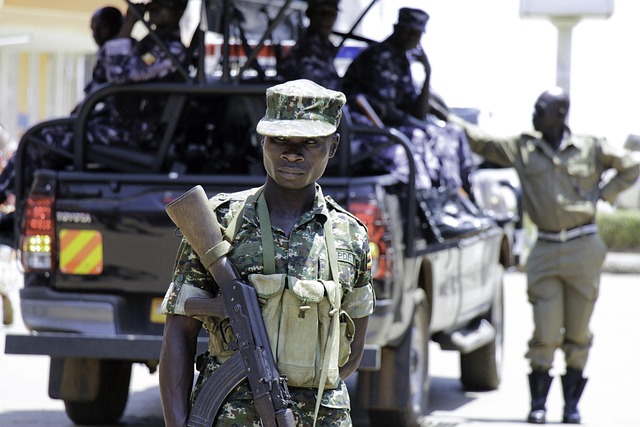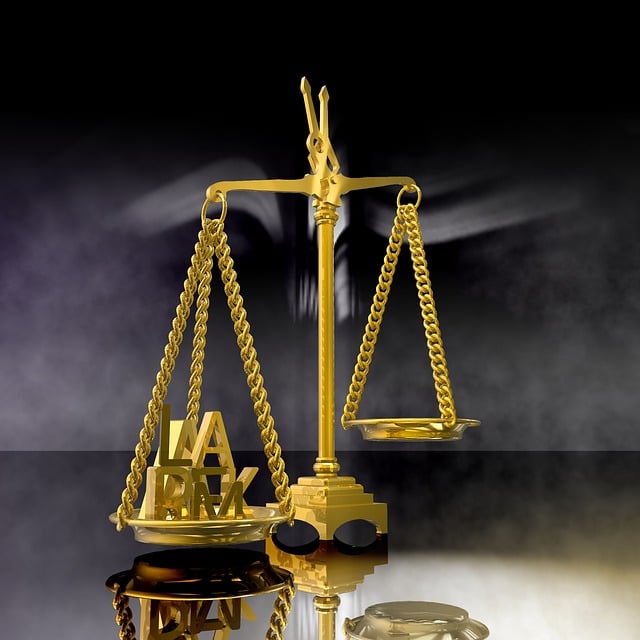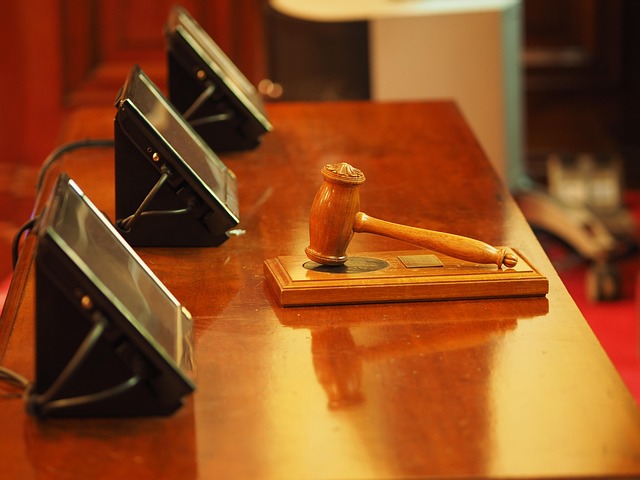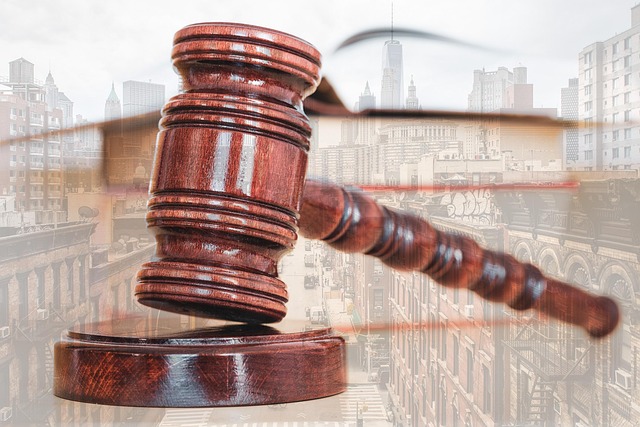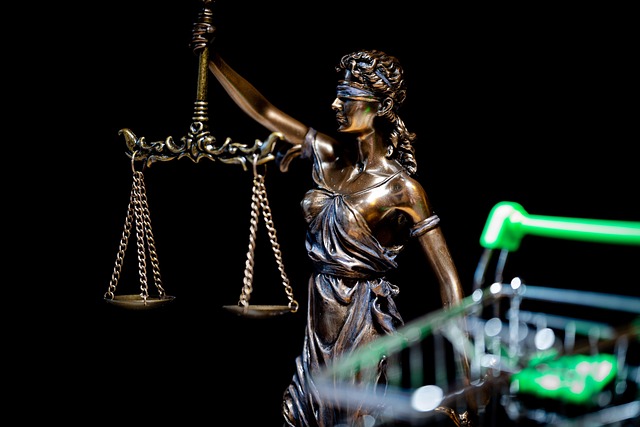The Class Action Lawsuit Settlement Process Explained is a strategic mechanism empowering communities affected by environmental crimes to unite and seek justice. This process involves investigative stages, class identification, legal maneuvers, negotiations, and settlements aimed at compensating victims and deterring polluters. It offers an efficient alternative to traditional litigation, fostering accountability and promoting environmental sustainability through restitution and preventative measures.
“Environmental Crime Trials: Holding Polluters Accountable through Legal Action explores the intricate world of environmental litigation. This article delves into the various legal strategies, such as Understanding Environmental Crime Trials from a legal perspective, the power of Class Action Lawsuits in uniting communities against pollution, and the restorative justice offered by Settlement Agreements.
We also dissect the broader impact on corporate accountability, offering a comprehensive Class Action Lawsuit Settlement Process Explained, highlighting how these trials shape environmental protection and community healing.”
- Understanding Environmental Crime Trials: A Legal Perspective
- Class Action Lawsuits: Uniting Communities Against Pollution
- Settlement Agreements: Achieving Justice and Restitution
- The Impact of Environmental Litigation on Corporate Accountability
Understanding Environmental Crime Trials: A Legal Perspective

Environmental Crime Trials represent a crucial legal arena where perpetrators of ecological offenses face justice. These trials focus on crimes that cause significant harm to the environment, often involving complex issues of regulatory compliance and public safety. From pollution and deforestation to habitat destruction, these cases span various industries and require meticulous investigation and expert testimony.
A notable aspect of Environmental Crime Trials is the potential for class action lawsuits as part of the settlement process. This approach allows affected communities and individuals to collectively seek redress in cases where environmental damage has occurred across vast geographic areas. By pooling their resources and voices, they can secure substantial compensations and contribute to deterring similar future transgressions. The Class Action Lawsuit Settlement Process Explained offers a framework for understanding how these legal strategies work towards achieving justice and providing remedies for victims of environmental crimes, ultimately aiming for the complete dismissal of all charges against culpable parties.
Class Action Lawsuits: Uniting Communities Against Pollution

Class Action Lawsuits offer a powerful tool for communities affected by environmental pollution to unite and fight back against malicious corporate actions. These lawsuits, which involve a large number of plaintiffs with shared interests, have become a strategic avenue in the battle against environmental crimes. The Class Action Lawsuit Settlement Process Explained involves several stages, mirroring the general criminal defense approach, but tailored to civil enforcement.
It begins with all stages of the investigative and enforcement process, where legal teams gather evidence, identify responsible parties, and assess the extent of harm caused to the environment and communities. This meticulous phase is crucial for building a robust case that can lead to significant settlements or even jury trials. Once sufficient grounds are established, affected residents join as plaintiffs, forming a collective front against the polluters. The process then moves through various legal maneuvers, negotiations, and, if necessary, court appearances, ultimately aiming to secure compensatory measures and deter future environmental crimes.
Settlement Agreements: Achieving Justice and Restitution
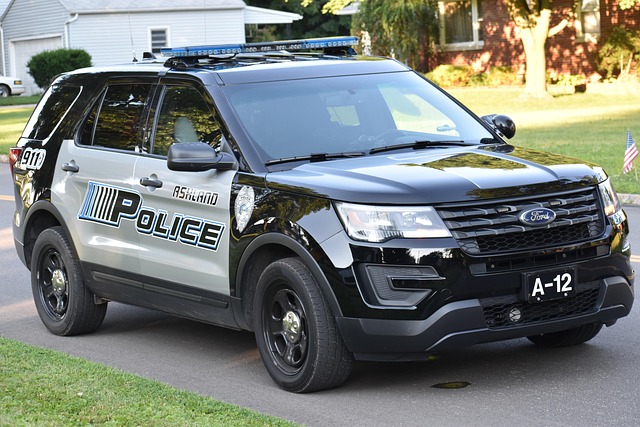
In many cases, environmental crime trials lead to settlement agreements as a means of achieving justice and restitution. These agreements are the result of negotiations between prosecutors, affected parties, and the entities responsible for the environmental harm. The Class Action Lawsuit Settlement Process Explained involves several steps: identification of harmed parties, assessment of damages, and the crafting of a fair and equitable agreement. This process is crucial in cases where general criminal defense strategies may not fully address the complex web of issues surrounding environmental degradation.
The settlement agreements often include provisions for financial compensation to affected individuals or communities, as well as measures to prevent future harm. Corporate and individual clients alike can be held accountable through these settlements, with the goal of holding polluters responsible for their actions. Furthermore, the funds secured through settlements may be channeled into restoration efforts, community initiatives, and educational programs, fostering a sense of accountability that reverberates beyond the legal realm. Philanthropic and political communities play a vital role in ensuring that these agreements translate into meaningful environmental improvements.
The Impact of Environmental Litigation on Corporate Accountability
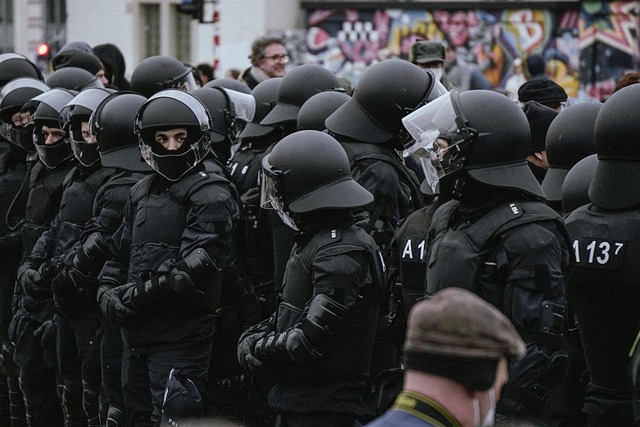
Environmental Litigation plays a pivotal role in holding corporations accountable for their actions, especially in cases where environmental crimes have caused significant harm. When corporate entities are found guilty through jury trials, it sets a precedent for increased scrutiny and responsibility within the industry. The impact of these legal processes extends beyond mere punishment; they serve as a powerful deterrent, encouraging businesses to prioritize sustainability and adhere to stringent environmental regulations.
One notable aspect is the potential for class action lawsuits and settlement processes. These legal mechanisms empower corporate and individual clients alike to seek justice and compensation for ecological damage. By participating in such settlements, companies can avoid prolonged litigation and associated costs, opting instead for a more efficient route towards rectifying past environmental transgressions.
Environmental crime trials play a pivotal role in holding corporations accountable for ecological damage, with class action lawsuits and settlement agreements emerging as powerful tools. By unifying communities affected by pollution, these legal processes not only achieve justice but also drive corporate responsibility. Understanding the intricate legal framework, from the definition of environmental crimes to the implementation of restitution, is essential for navigating the complex Class Action Lawsuit Settlement Process Explained. Through successful litigation, communities can restore balance and ensure a more sustainable future, making these trials a testament to the power of law in addressing environmental crises.
